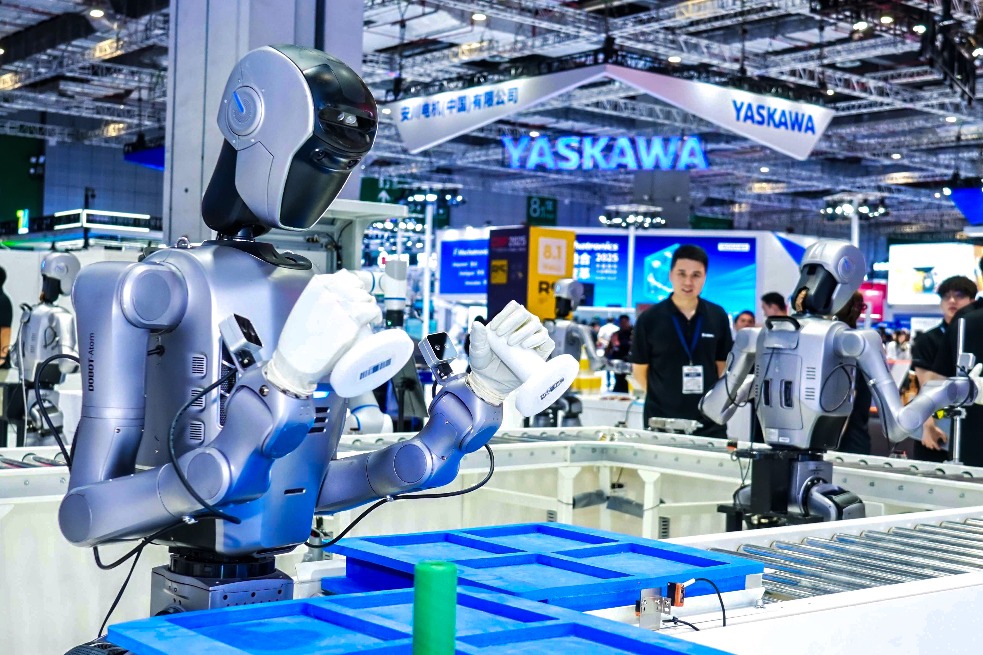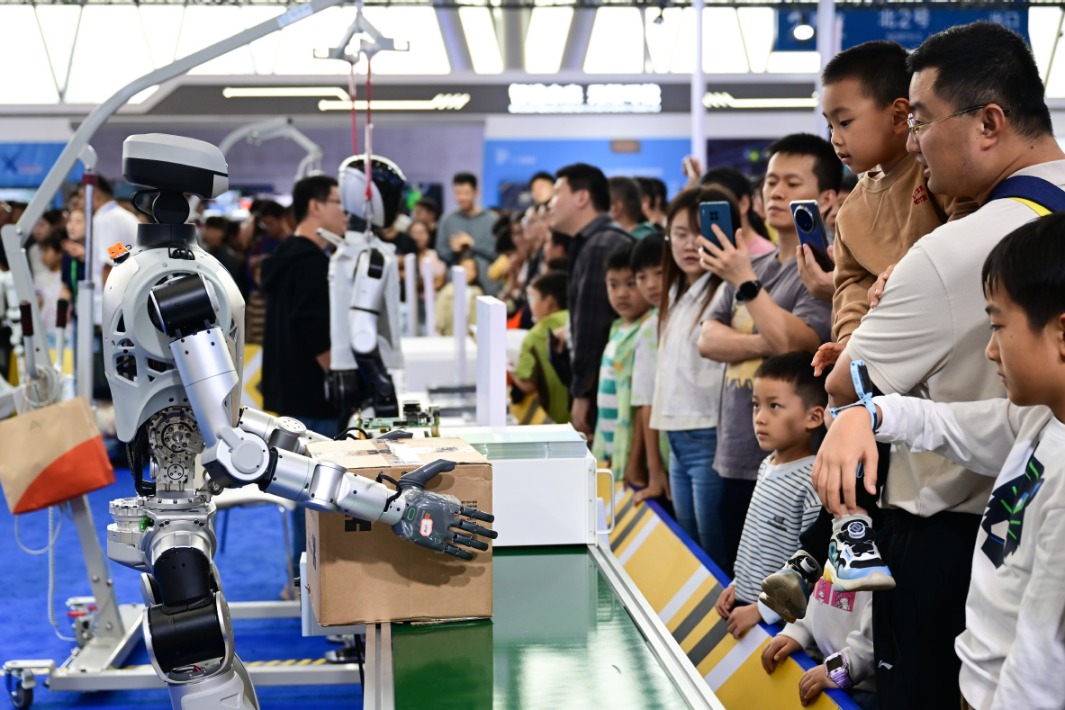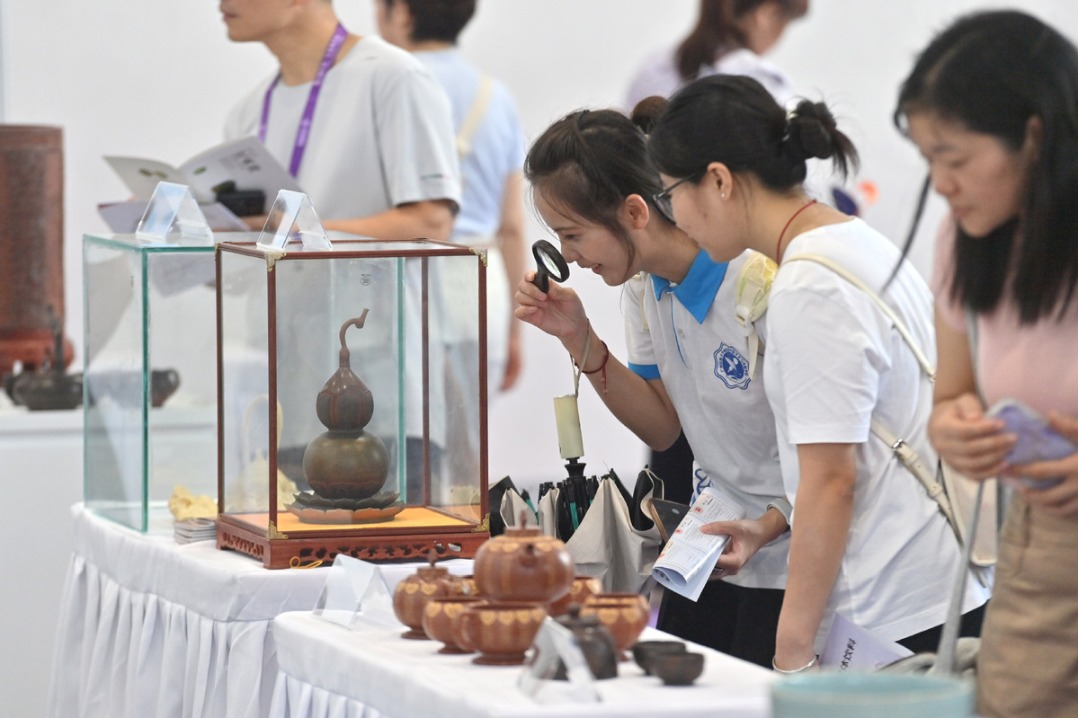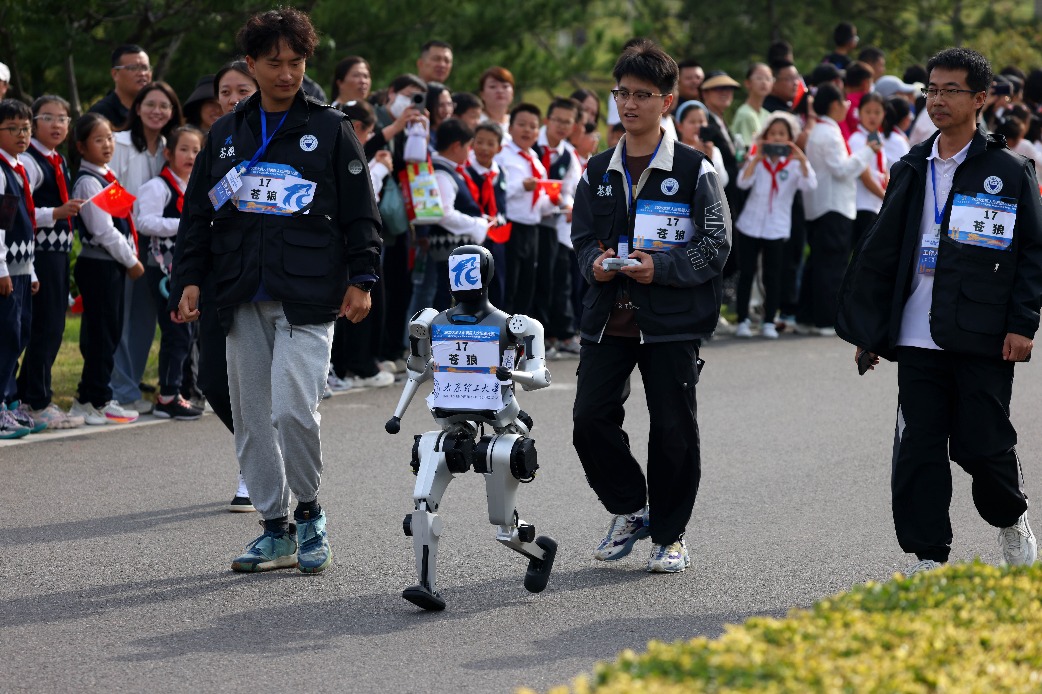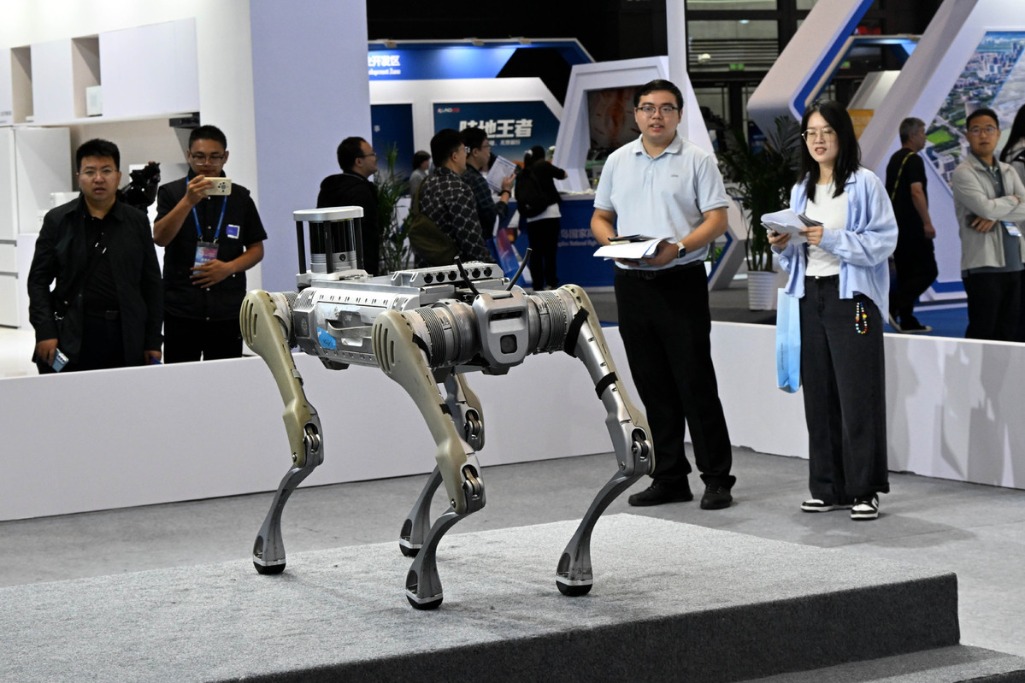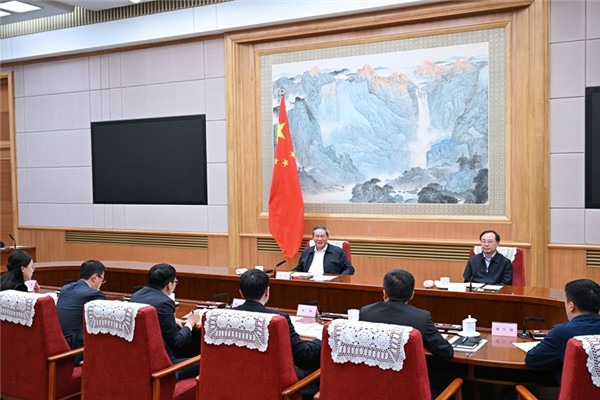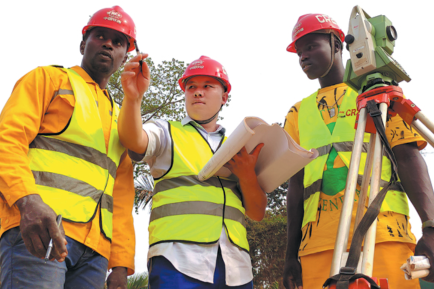Innovations speed modern industrial journey
Nation has thrived in electric vehicles, aerospace and other areas, experts say


China intensified efforts to bolster the integration of sci-tech innovation and industrial innovation, with notable strides made in key and core technologies, as part of its broader push to drive the development of new quality productive forces during the 14th Five-Year Plan period (2021-25).
Experts said the country has sent a clear signal that it is dedicated to implementing the innovation-driven development strategy to achieve greater self-reliance and strength in science and technology, boosting its core competitiveness globally and injecting strong momentum into high-quality economic growth amid external uncertainties.
Over the past five years, China's innovation capacity has steadily improved, and its foundation for becoming a technological powerhouse has been continuously strengthened.
The country's investment in sci-tech has continued to rise, with its research and development expenditure exceeding 3.6 trillion yuan ($505 billion) in an increase of 48 percent compared with 2020, said Minister of Science and Technology Yin Hejun.
R&D intensity reached 2.68 percent, surpassing the average level of European Union countries, while the total number of people engaged in R&D ranked first in the world, Yin said, adding that China's spending on basic research stood at 250.09 billion yuan last year, a rise of more than 70 percent compared with 2020.
Rise in rankings
China has achieved significant breakthroughs in innovation, including in quantum science, life sciences, material science, and space science, he said. It has topped the world in the number of high-level international journal papers and the volume of global patent applications for five consecutive years.
The ranking of the country's comprehensive innovation capability rose from 14th in 2020 to 10th in 2024, Yin noted. China has established the strategic goal of building a strong country in science and technology by 2035, and accelerated the realization of high-level self-reliance in science and technology.
The integration of China's sci-tech innovation with industrial innovation gathered pace during the 14th Five-Year Plan period (2021-25). Data from the National Bureau of Statistics showed that the value-added output of high-tech manufacturing enterprises — each with an annual main business revenue of at least 20 million yuan — is up 42 percent compared with the end of the 13th Five-Year Plan period (2016-20).
The added value of new industries, new business formats and new business models, dubbed the "three new" economy, accounted for 18 percent of the country's GDP last year. Tech frontiers such as artificial intelligence and biotechnology are emerging as new drivers for economic growth.
The innovation capabilities of Chinese enterprises have been significantly elevated over the past five years. In 2024, a total of 524 Chinese mainland enterprises ranked among the world's top 2,000 industrial enterprises in terms of R&D investment, accounting for 26.2 percent of the total, which represented an increase of 4.8 percentage points from 2020.
The number of high-tech enterprises exceeded 500,000 last year, an 83 percent increase from 2020.
China has accelerated steps to achieve breakthroughs in key technologies in areas including high-end equipment and advanced manufacturing, and promoted the transformation of traditional industries to higher-end, smarter, and greener ones to build a modern industrial system and nurture new quality productive forces.
It has also made great efforts to boost the development of emerging industries and future-oriented industries, such as new-generation information technology, new energy, artificial intelligence and brain-computer interface technology to gain a competitive edge and build up new growth drivers amid fierce international competition.
For instance, in the rapidly advancing AI domain, China has developed a number of general large language models that have reached an advanced international level, creating more than 100 exemplary application scenarios, Yin said.
He added that technological breakthroughs in humanoid robots have sped up their applications in automobile manufacturing, logistics and power inspection, laying a solid foundation for the development of a trillion-yuan industry.
Li Lecheng, minister of industry and information technology, said China has quickened the pace of the industrial upgrade, with the added value of equipment manufacturing and high-tech manufacturing sectors rising at an average annual rate of 7.9 percent and 8.7 percent, respectively, from 2020 to 2024.
Last year, the country's production of new energy vehicles exceeded 13 million units. China has maintained its position as the world's largest manufacturer and seller of NEVs for 10 consecutive years, Li said, highlighting that the production of photovoltaic and wind power equipment also ranked among the top in the world.

















